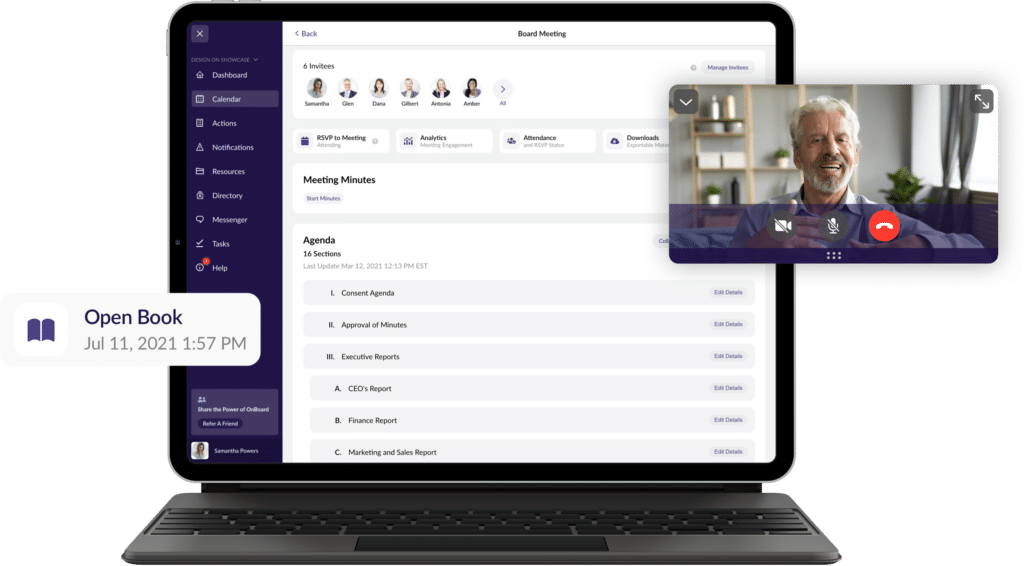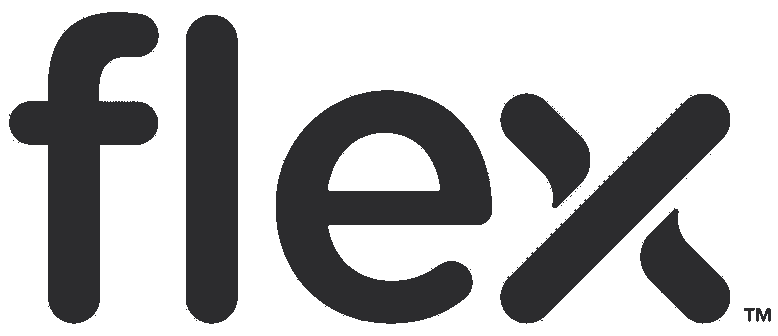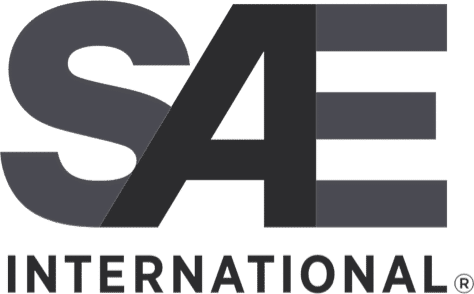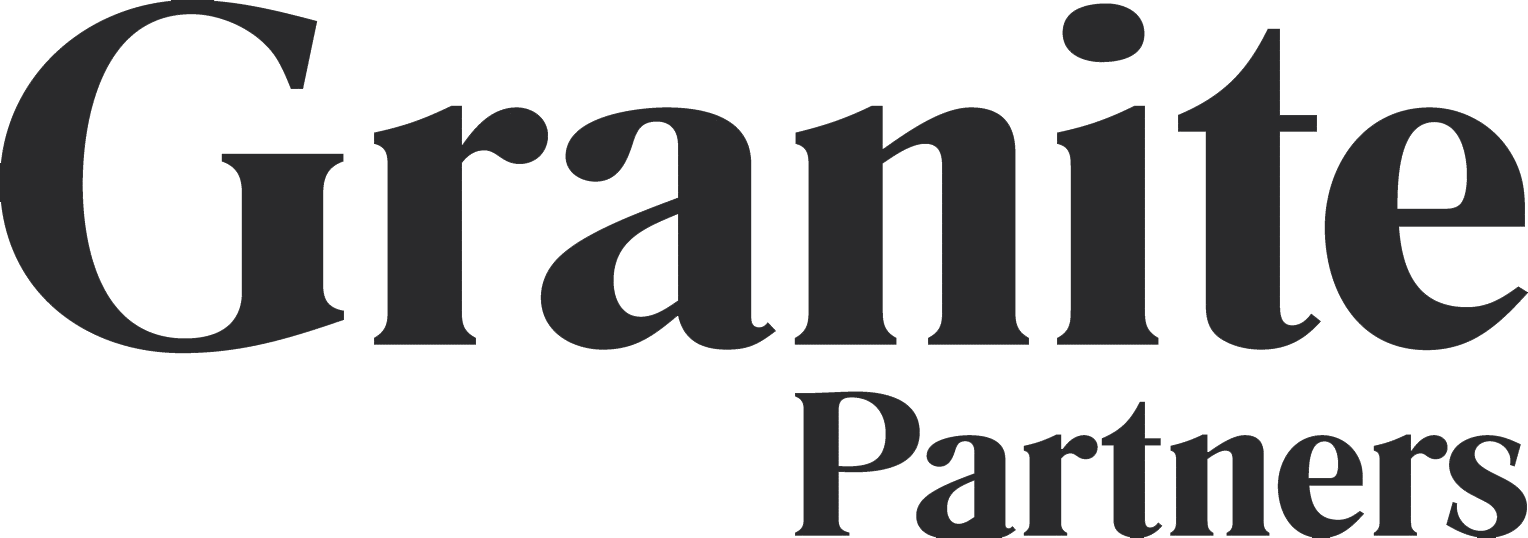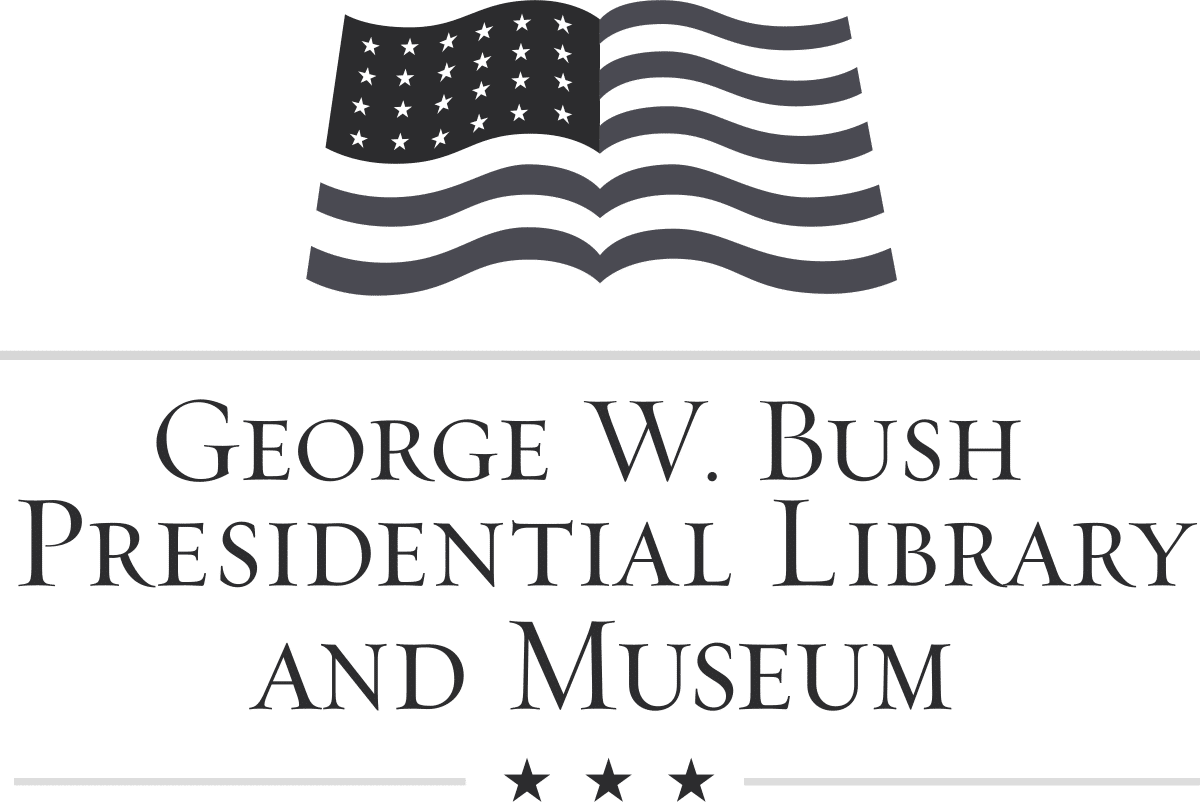There’re several components to meeting minutes that are essential to all organizations. Depending on your industry or sector, there may be other required elements related to specific legislation, regulations, stakeholder expectations, or historical practice.
I. Format
The Minutes should contain an official header that clearly outlines the date, time, place, and type of meeting. To offer visually rich information or additional context, you can use your organization’s logo, a statement about confidentiality/security, or other notation that reflects your organization’s practices. Use the same format consistently for all Minutes.
II. Attendance
The second basic component of the Minutes is the attendance. Documenting attendance isn’t just an administrative exercise, it is important that the board record reflects who planned to attend, and who actually attended. This makes it clear which directors were present, and which absent, when decisions were made. In the event of litigation or other issues, this could become very important evidence. Accurate attendance records are also important from a tracking perspective, over time. Investors and/or other stakeholders may be interested in monitoring the attendance habits of directors to ensure that they are fulfilling their duties and obligations.
Use as much detail as you like but ensure that the names of those intended to be present are listed, and those who are absent are recorded. If anyone is participating via telephone or videoconference, note it. Titles can be included if you have the time – the more robust the corporate record, the easier it will be when someone requests research into the historical board records.
Once attendance has been recorded, transition into the main body of the Minutes with an Opening of Meeting paragraph that notes the time the meeting begins, the person in the Chair, and the person taking Minutes.
III. Body
The body of the Minutes will generally have two main components – administrative and substantive business. Most meetings pass quickly through the administrative business of approving the Agenda, approving the previous Minutes, and perhaps approving a Consent Agenda if used in your organization.
A Consent Agenda can be used to adopt a series of items on one motion – saving valuable meeting time for more substantive topics. It usually is made up of recurring or administrative items that aren’t expected to generate discussion or debate. Examples might be information updates from volunteer or advisory committees, ‘notices’ such as quarterly lists of contracts over a threshold amount, or regular monthly HR reports summarizing staffing changes in the organization. Basically, routine business that the board can acknowledge with one motion.
The substantive business will come next, and include items that require more robust oversight, discussion, and/or decision. Examples could be the approval of the financial statements, endorsement of new service or product initiatives, risk management briefings, formal resolutions, or reports from standing committees containing recommendations for board approval.
Lastly, the substance of your Minutes may contain a ‘special’ component depending on the type of meeting and your board’s annual work plan. This could be an annual strategy session, presentation from senior staff, or briefing from outside experts. You may wish to differentiate this section with special formatting such as:
For each item in your Minutes, use a paragraph with a heading or rubric. Include a record of any decision, or if no specific action was taken, simply note that the item of business was discussed, briefing received, document tabled, etc. Depending on time and resources, you can add background information such as the authority under which the board is examining the issue or topic, the last time the board reviewed this item, previous decision, or other relevant information that documents the larger context or the nature of the proceedings and discussions. Be sure to document any decisions, including informal agreements of general consent, regular motions, and formal resolutions.
In most cases, the Minutes should reflect what was done, not what was said by individuals. It is rarely necessary, unless requested by a director or the chair, to name an individual director in the minutes. However, if directors ask questions during the meeting, it is sound practice to note that questions were asked with a list of the subjects inquired about. Use best practices in the creation of evidence by using consistent formats, language, and procedures at every meeting. A final tip is to include time notations when important or divisive topics are discussed – the time notation against the agenda gives an idea of how long the discussion continued. This could prove useful for showing the board’s due diligence in the performance of its duties.
